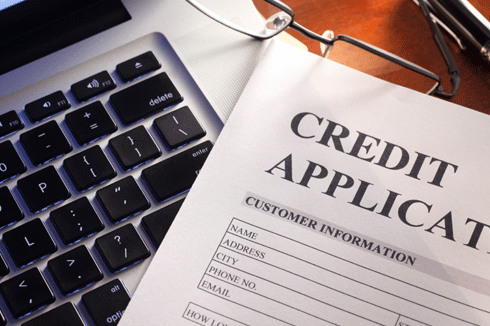Debt Management Tips for College Students

Get rid of your debt faster with debt relief
Choose your debt amount
Or speak to a debt consultant 844-731-0836
- 3 min read
Learn the three huge tips for students that will help manage and control debt.
Today's college students graduate with an average of $4,000 in credit card debt, in addition to student loans. While you're in college, it's easy to charge something or take out another loan without considering what it will do to your future budget, but you should. If you start learning debt management skills now, you'll be much better off once you enter the workforce. Review these three college debt management tips to get started.
If you need debt management help, Bills.com is the solution. Get debt management help here.
Debt Management Tip 1: Control Your Expenses
College students have a lot of expenses. The first step in debt management is simple money management. Learn how to track your income and expenses and ensure that your income is higher than your expenses. Of course, most college students are in the reverse situation because of the high cost of tuition and low-pay employment, but you should track your income and expenses anyway. You should also learn to differentiate between necessities and non-necessities
Necessities include:
- Tuition and fees
- Housing
- Food
- Books
- Transportation
Non-necessities include the little things that make life more fun, but that you could life without, such as:
- Snacks
- Luxury items (iPad, smartphone, designer shoes)
- Entertainment (music downloads, movie tickets, concerts)
- Vacation (spring break, ski trips)
- Parties
Your student loans most likely cover a large chunk of the necessities. If they don't, you may need to look for a part-time job. You should also consider getting a part-time job to cover non-necessities rather than creating more debt.
Debt Management Tip 2: Avoid Credit Card Debt
There's a reason credit card companies swarm onto college campuses every year to sign up students in exchange for t-shirts and water bottles. It's because there's big money to be made in student credit cards. Most cards require only that you verify your status as a student in order to qualify for a $1-2,000 limit. They don't tell you that the interest rate is nearly 20%. They also hope you don't know anything about debt management.
A credit card can be a good tool for students. Not only does it help you build your credit history, but it can also be useful in emergencies. You do have to be careful, though. Many students overspend without thinking — treating your friends to pizza, buying a new smartphone, and buying snacks at the convenience store all slowly add up. Then there are the big purchases, like spring break, that can take months or years to pay off.
Use cash rather than credit for most of your purchases. If you can't afford it without charging it, then it's probably something you shouldn't buy yet. You will have to make similar decisions after college, so now is a good time to make this debt management method a part of your thought process.
Of course, you should still leave room in your budget for fun. Fun is an important part of college, but learning to do it without credit cards now will make having fun after college a lot easier.
Debt Management Tip 3: Be Careful with Student Loans
Most students can't get through college without student loans, but few students realize how much those loans will cost them after graduation. You should only borrow enough to cover your necessities, like tuition, books, and room and board. Avoid taking on additional student loans, especially high-interest rate private loans, to cover non-necessities like a vacation or a new TV.
If your student loans more than cover your necessities, consider accepting less financial aid. Remember that every penny you receive now has to be repaid with interest after you graduate.
The average starting salary is less than $50,000 a year. In addition to student loan payments, you will also have to pay taxes, rent, transportation, food, and other necessities out of your salary. The lower your debt is when you leave school, the better off you'll be. If you follow the above tips and learn debt management skills while you're still in school, you'll be in great shape when you receive your diploma.

Get rid of your debt faster with debt relief
Take the first step towards a debt-free life with personalized debt reduction strategies.
Choose your debt amount
Or speak to a debt consultant 844-731-0836